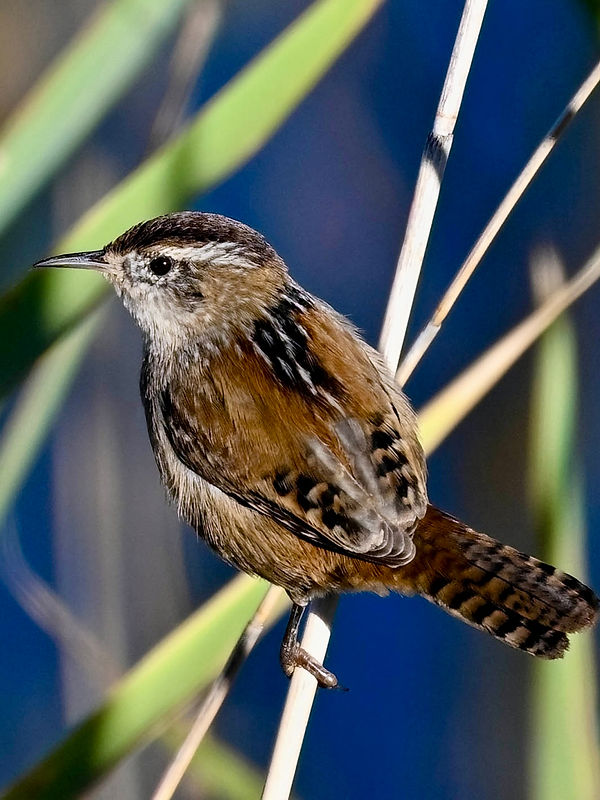Meet Other Birders and Learn from the Experts
In general, birders are a very outgoing, intelligent and helpful group of people. The experienced birdwatchers in the Texas Panhandle are eager to welcome, involve and educate new birders. The Panhandle is so large (more than 25,000 square miles) that to really understand all of the avian species in the area takes lots of participants reporting from all over the Panhandle. By gathering for monthly meetings, we can get to know one another and share our birding adventures, questions and photos. All of that will lead not only to connection and comradarie, but also to better citizen science as we explore and record the birds of the Texas Panhandle. Put the second Tuesday of every month at 6:30 p.m. on your calendar for the Panhandle Bird Club meeting.
November Meeting

Bird of the Month
Northern Harrier
Nothern Harriers are a common sight in the agricultural fields and furrows of the Texas Panhandle in the winter. These unique raptors listen with the amplified hearing provided by their distinctive facial disk that funnels the slightest rustle in the grass to their ears. Then they pounce from the sky onto the mouse or other small animal that is making the sound.
Harriers hunt low to the ground, tilting their wings side to side as they glide, often along fencelines and rural roads. Occasionally they will hunt larger prey like rabbits or ducks, but generally they live on mice, ground squirrels and other rodents.
Harriers are generally easy to identify by their owl-like face and their white rumps. Both the gray adult males and the buffy, brownish females (and immatures) have the characteristic bright white feathers at the base of their long tails. About the only way to distinguish the immature hawks from the adult females is the eye color. Juvenile males have pale greenish-yellow eyes, while juvenile females have dark chocolate brown eyes. The eye color of both sexes changes gradually to lemon yellow by the time they reach adulthood.

